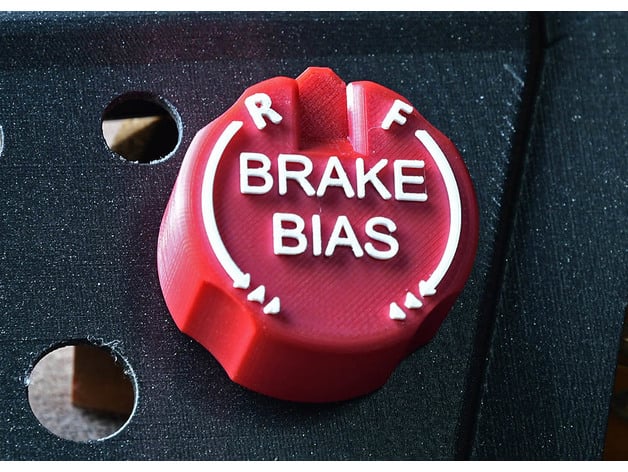RCHeliguy
Premium
You should just be able to remove them with another (maybe bigger) magnet.
I have a magnet like that in a box with LOTS of foam around it and a BIG warning label marked DANGEROUS Magnet. It has drawn blood.
The problem is that while I'm absolutely sure it could get one of these magnets out. I'm not so sure I could ever get one of these little magnets separated again. They are tiny and there is no room to get purchase on them.
I have a bit of experience with neodymium magnets. They can be very painful to work with if you are not careful.
Last edited:












